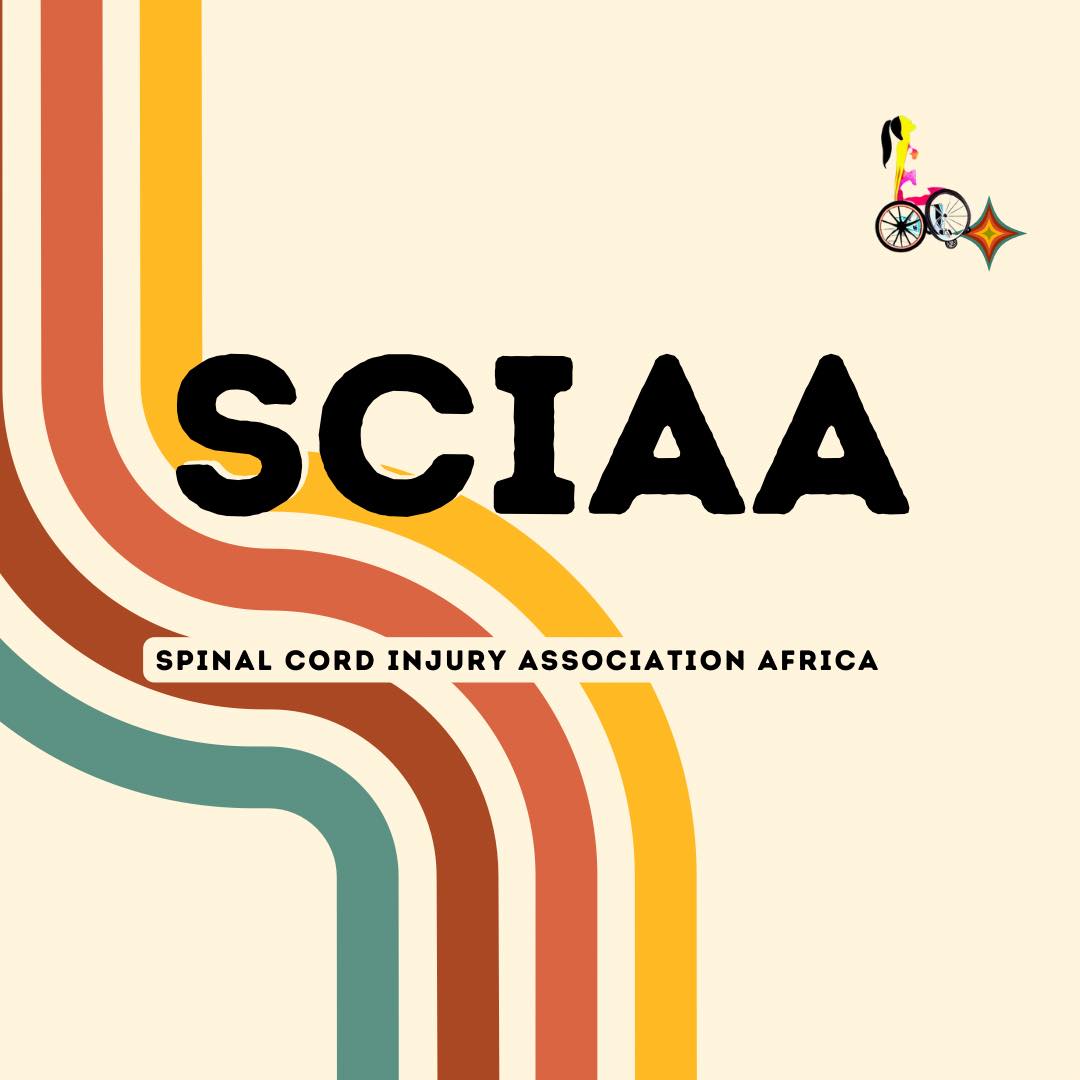
Spinal cord injury, commonly known as SCI, refers to any harm to the spinal cord, which can result from trauma, illness, or degenerative conditions. The spinal cord serves as a crucial conduit for transmitting messages between the brain and the body, protected by a series of vertebrae: cervical, thoracic, lumbar, sacral, and coccygeal. The spinal cord gives rise to thirty-one pairs of spinal nerves that branch out to various body regions.
When a spinal cord injury occurs, the nerves above the injury level continue to function as usual, while those below the injury may experience partial or complete message blockages from the brain. The severity of impairment correlates with the level of spinal cord damage. For instance, injuries in the upper cervical region can lead to the loss of functions like respiration, arm and leg mobility, bowel and bladder control, and sexual function. Conversely, individuals with thoracic and lower spinal injuries may retain full use of their arms and hands.
Annually, roughly 100,000 persons sustain spinal cord injuries in Africa, with about 80% being men, and the average age being 30. These injuries commonly result from vehicle accidents (40%), falls (30.8%), violence (5.2%), sports-related incidents (2%), and medical or surgical procedures (2%). More in-depth information on spinal cord injuries in Africa needs to be put out. All these statistics were found on Google.
Common Secondary Health Complications after a spinal cord injury :
1. **Depression:** Depression is prevalent in the SCI population, affecting up to 37% of individuals. Seeking assistance from a qualified mental health professional knowledgeable about physical disabilities is crucial.
2. **Chronic Pain:** Many people with SCI experience chronic pain, often stemming from nerve damage or musculoskeletal issues post-injury. Treatment options range from medications like painkillers, and other meditation techniques.
3. **Pressure Injuries:** People with SCI are at high risk of developing pressure injuries, which occur when tissue damage results from insufficient blood flow. Eventually, this damage can breach the skin. Up to 80% of SCI individuals will experience a pressure sore during their lifetime, with 30% having multiple sores. Preventive measures include regular skin checks and shifting body weight to reduce pressure.
4. **Spasticity:** Affecting approximately 65%–78% of SCI individuals, spasticity involves involuntary muscle tightening due to disrupted signal flow from the spinal cord to the brain. Medications and stretching exercises can provide relief.
5. **Bowel and Bladder Dysfunction:** SCI can impact bowel and bladder function, leading to issues like constipation, incontinence, nausea, bloating, and autonomic dysreflexia (dangerous blood pressure spikes). Bladder control may also be compromised, potentially resulting in urinary tract infections. Several management options are available, each with its pros and cons.
6. **Respiratory Complications:** Depending on the injury level, SCI can affect respiratory function. High cervical injuries may require interventions like tracheostomy or ventilators, while lumbar injuries may lead to respiratory impairment due to weakened abdominal and intercostal muscles. Regular exercise can help maintain or improve lung function regardless of the injury level.
7. **Sexuality:** Muscle function changes and altered sensory perception can impact sexuality after SCI. The effects on arousal, orgasm, and fertility depend on the injury’s level and completeness. However, pleasure and orgasms are still controlled by the brain, making sexuality, arousal, and intimacy fulfilling and exciting experiences post-SCI.
Please contact the Spinal Cord Injury Association Africa’s Community Supports team for more information or assistance. Join our community by signing up for a free membership. To support our mission, Donate here.
